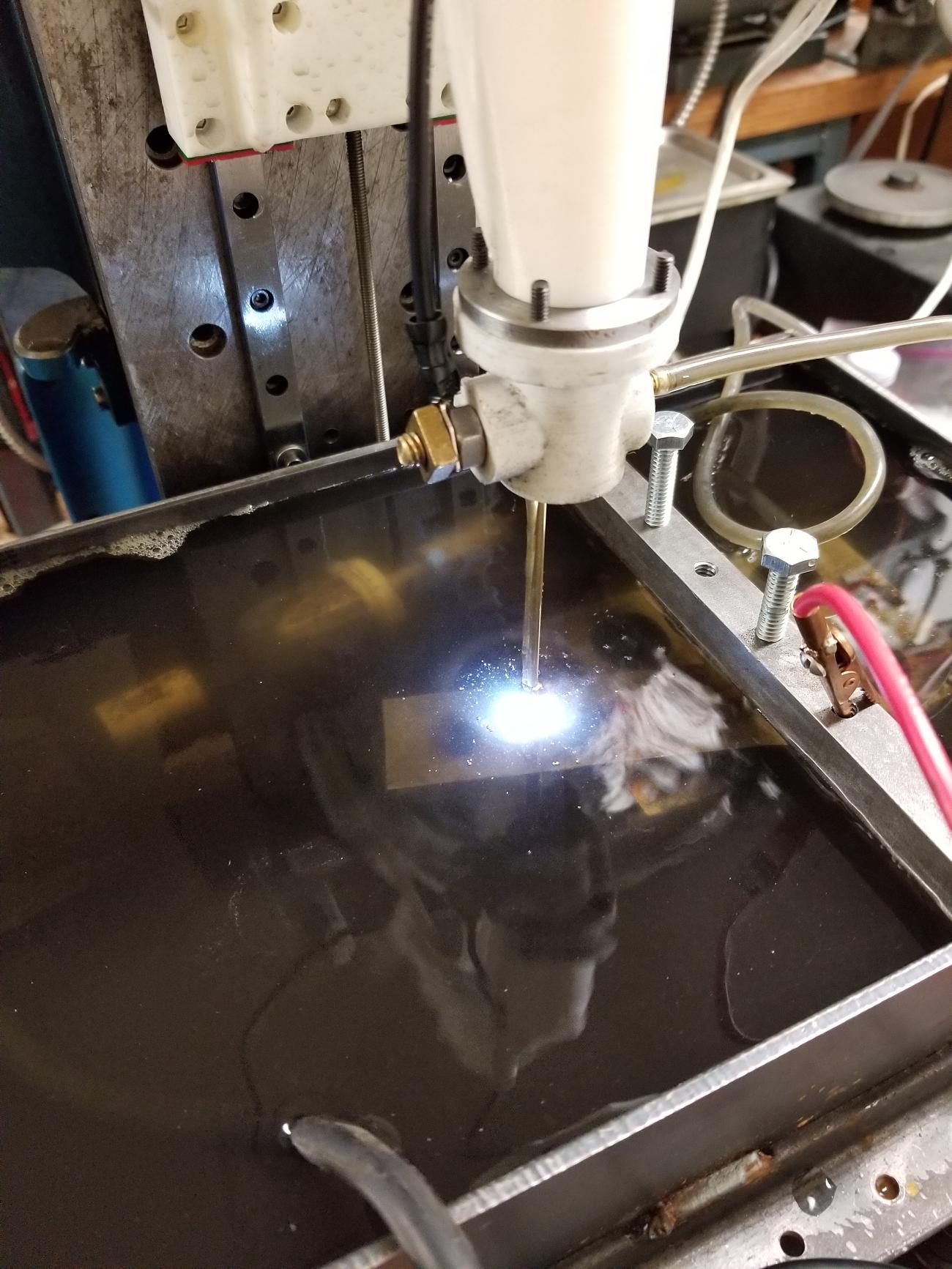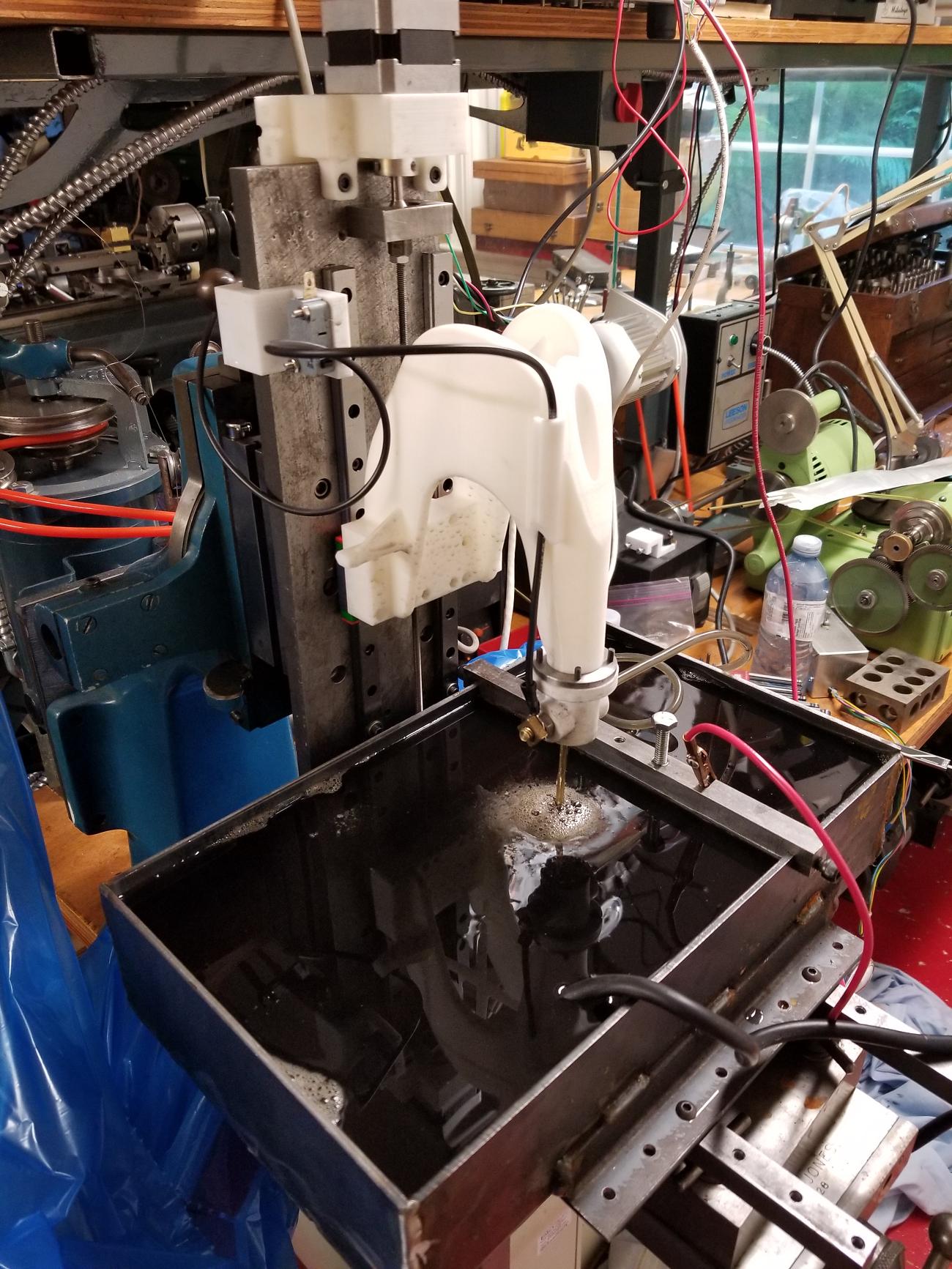just pure fascination.....
Amen. Exactly what it was.
I ended up watching a few videos. I especially liked the chronology.
I spent a decade designing automove engines. The gang I worked with would have loved to have seen these miniatures.
I have two small engines in my shop that I was given as gifts. A Honda and a Linamar. Apparently they should run as is, but they were gifts, so I simply admire them for what they are and what they mean to me.
I'll prolly watch a few more videos on his channel as time passes.
Thank you.....


